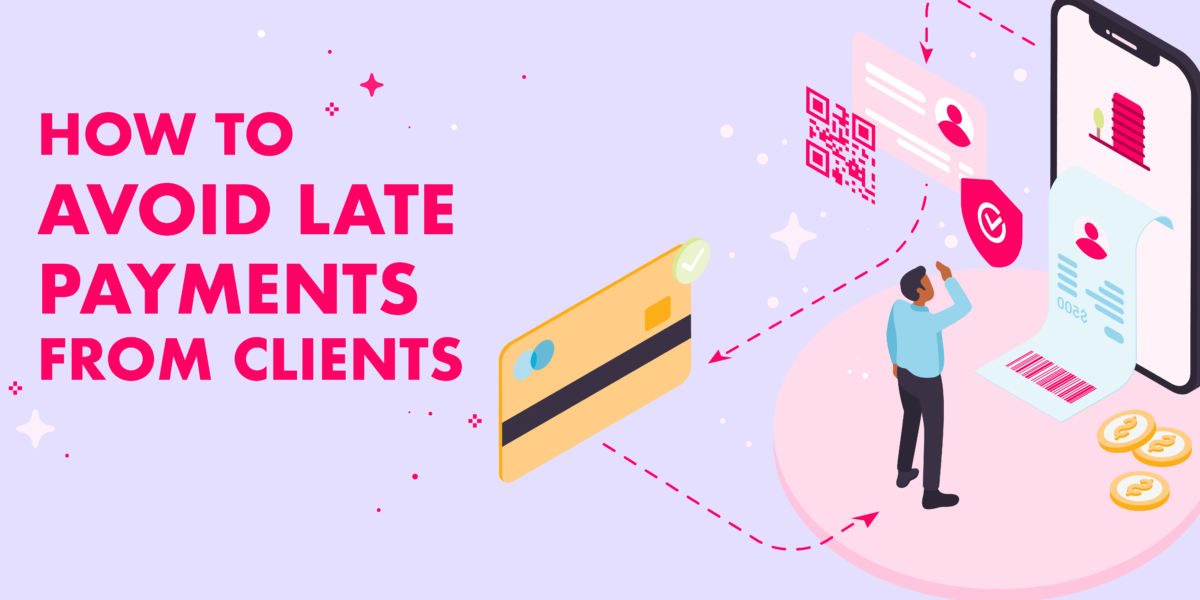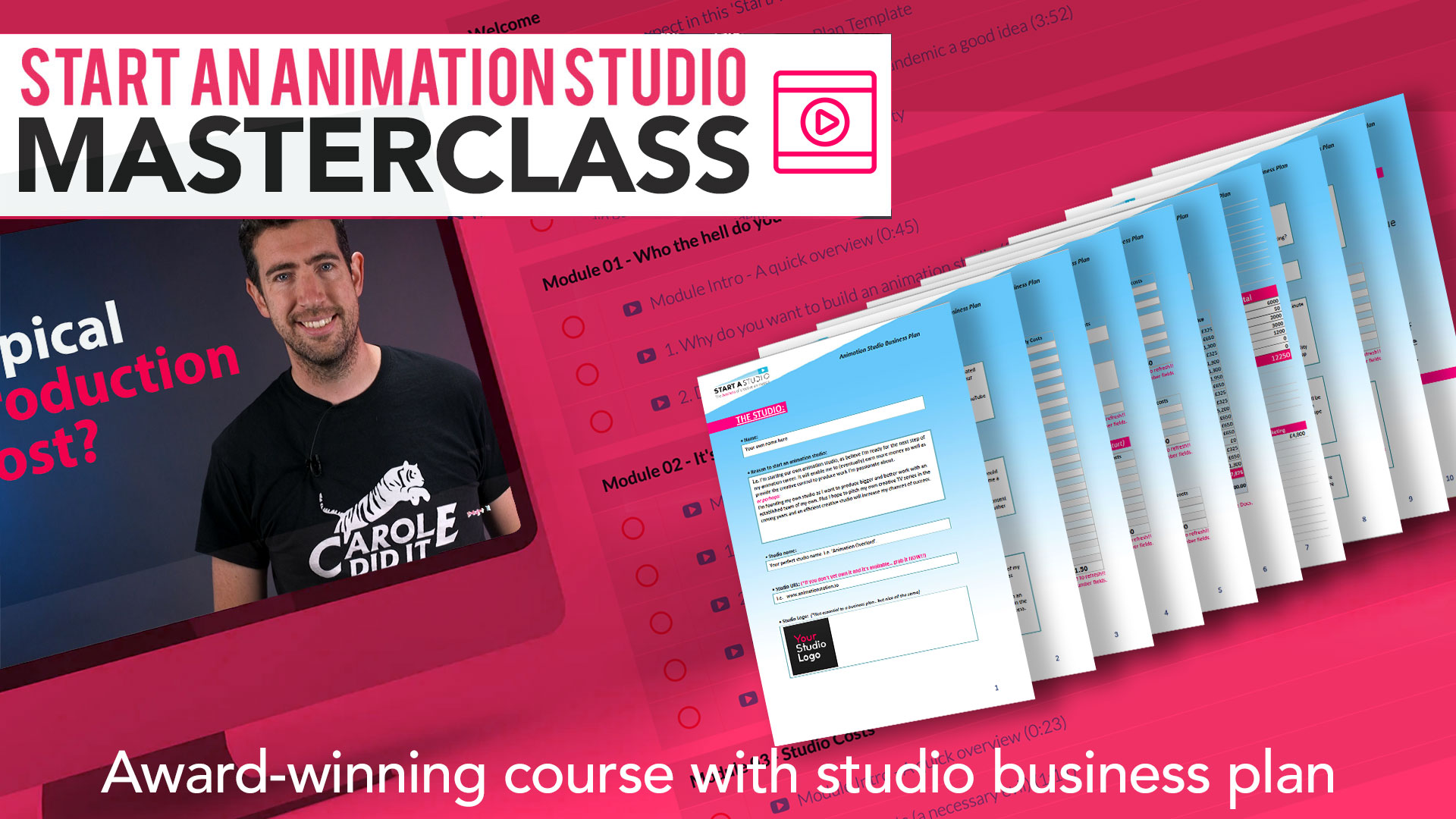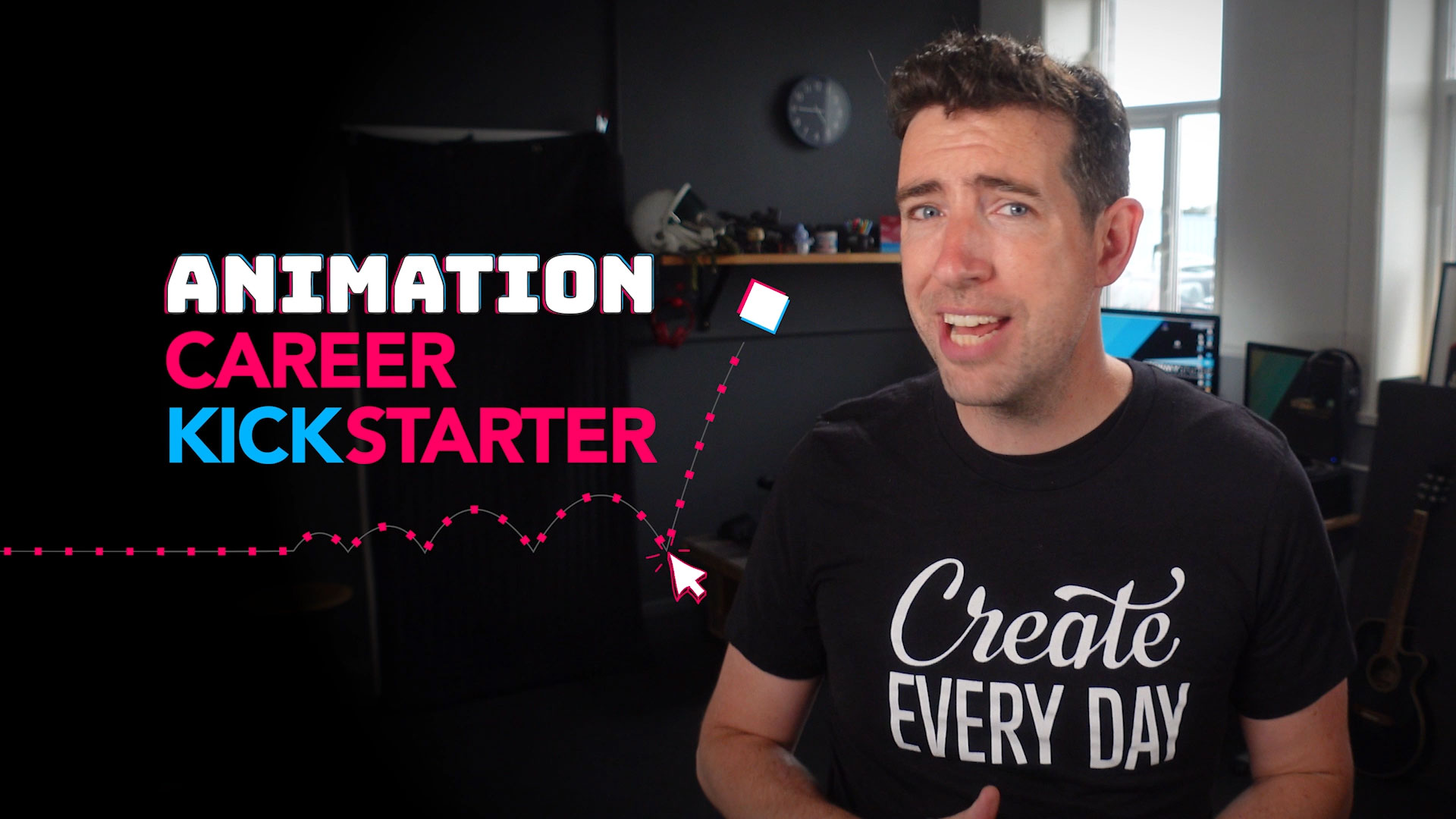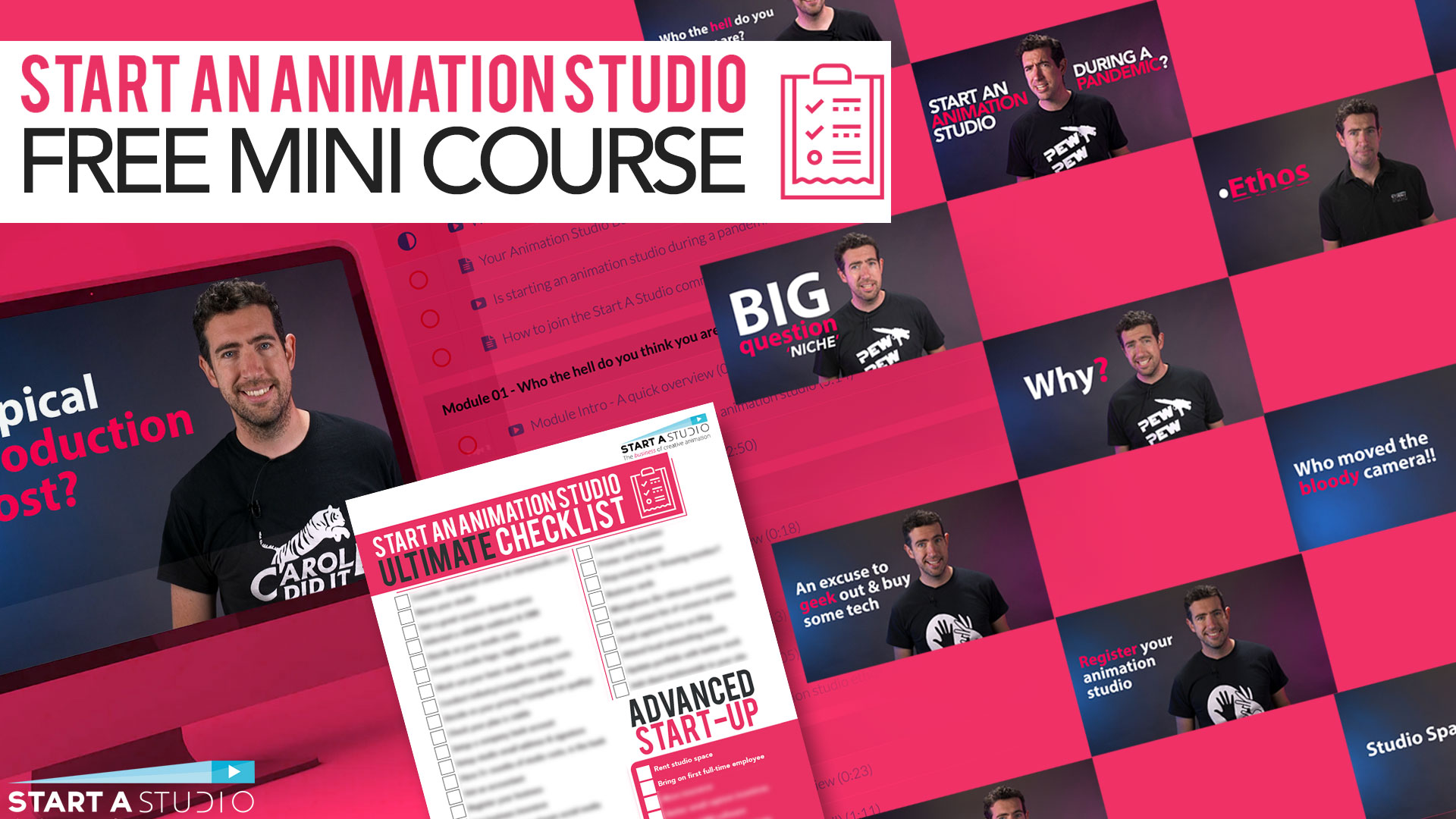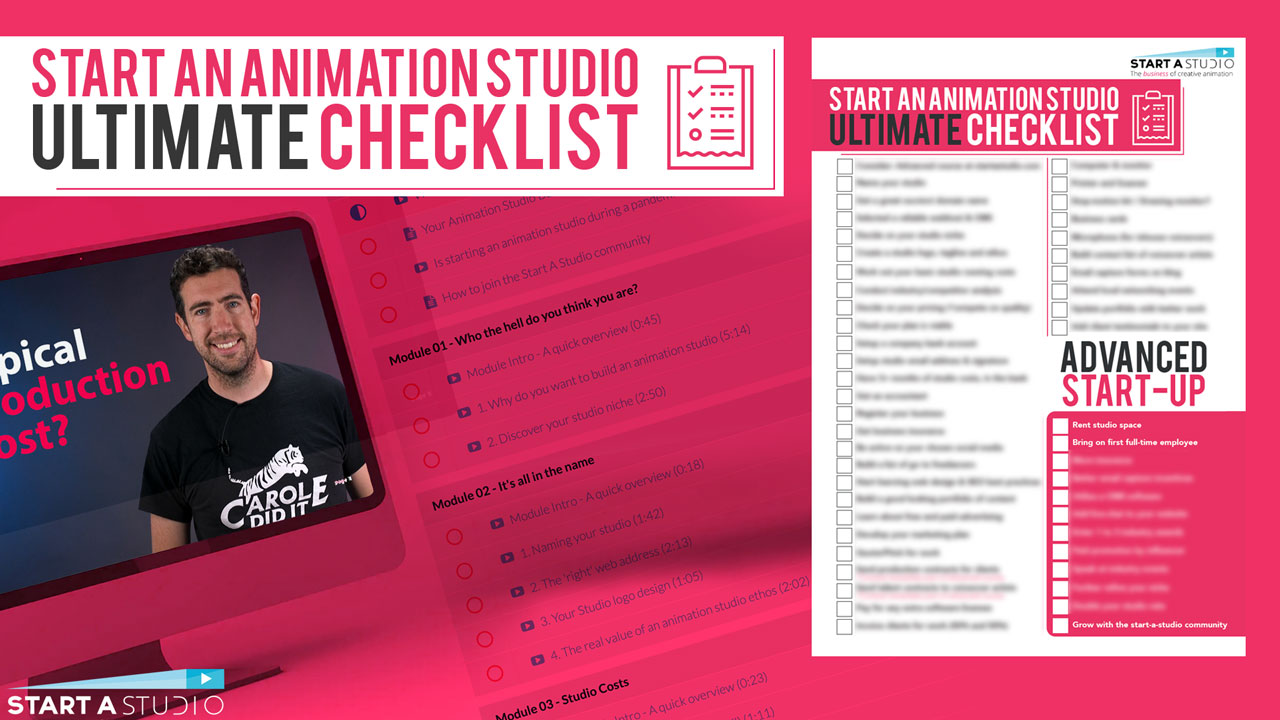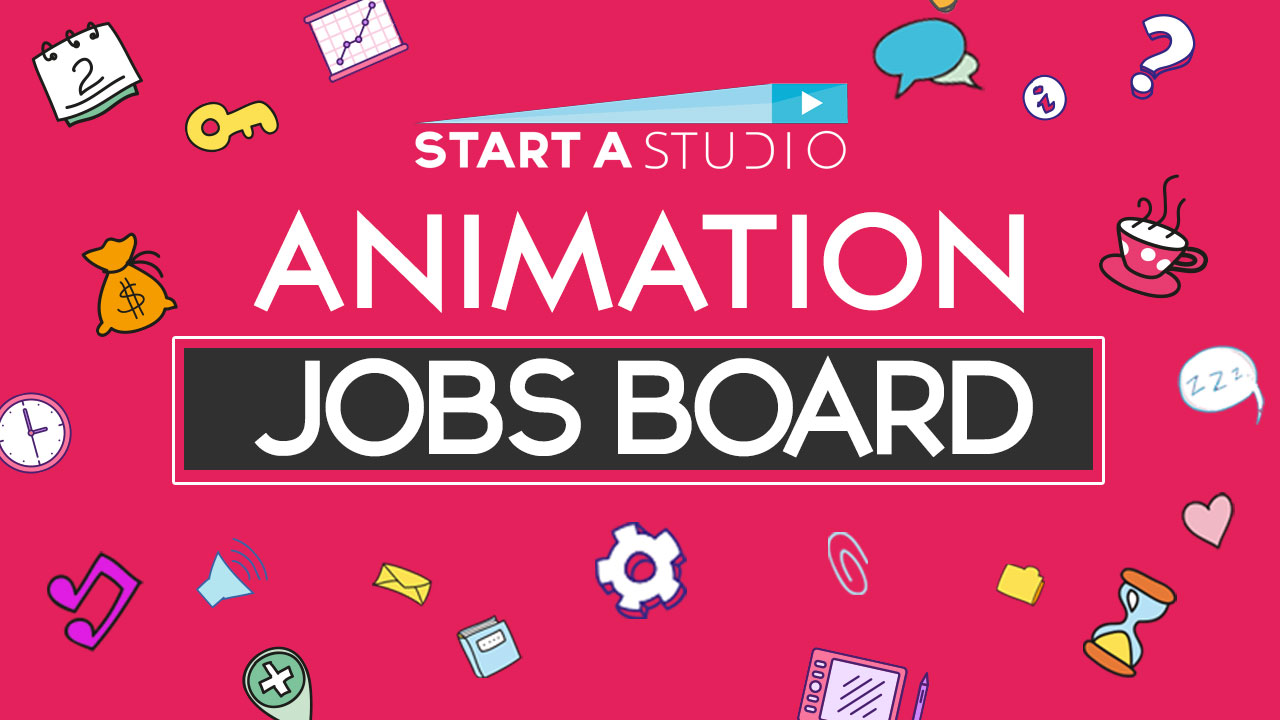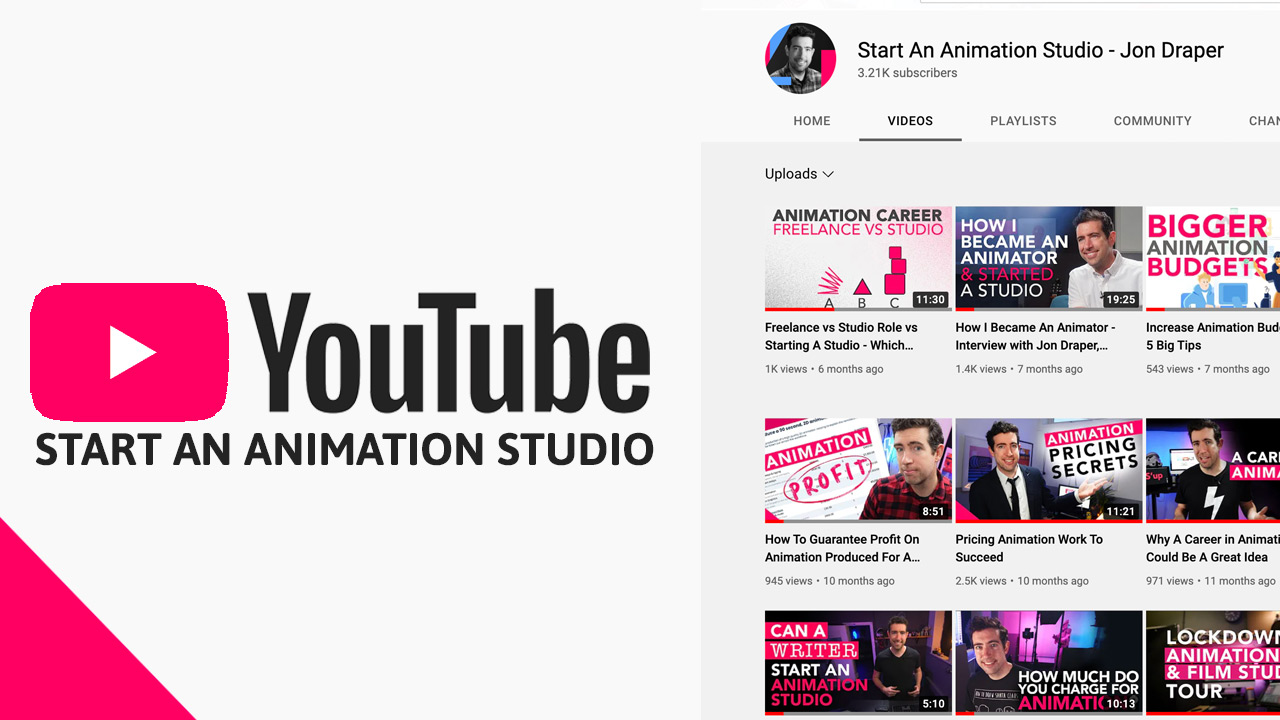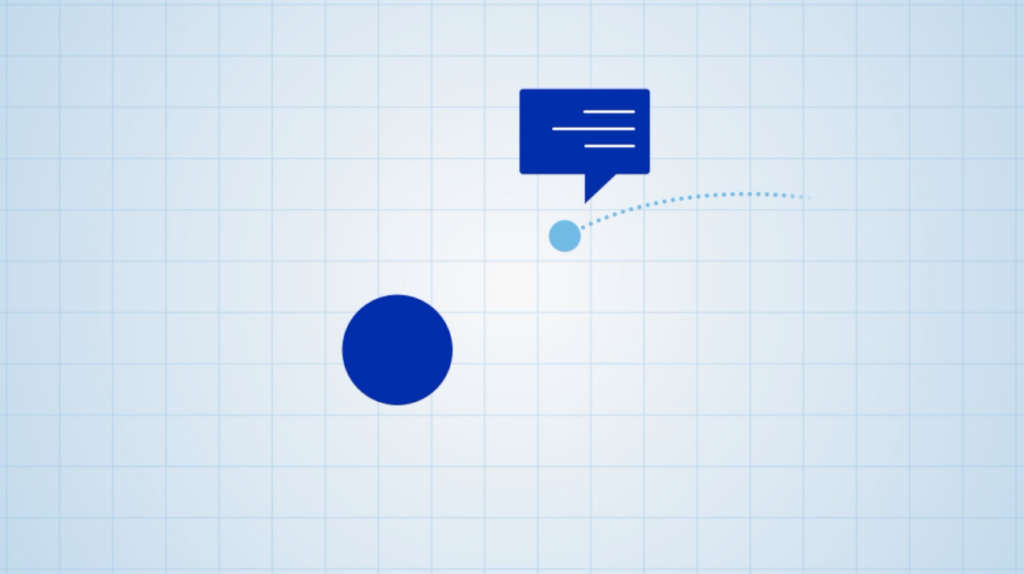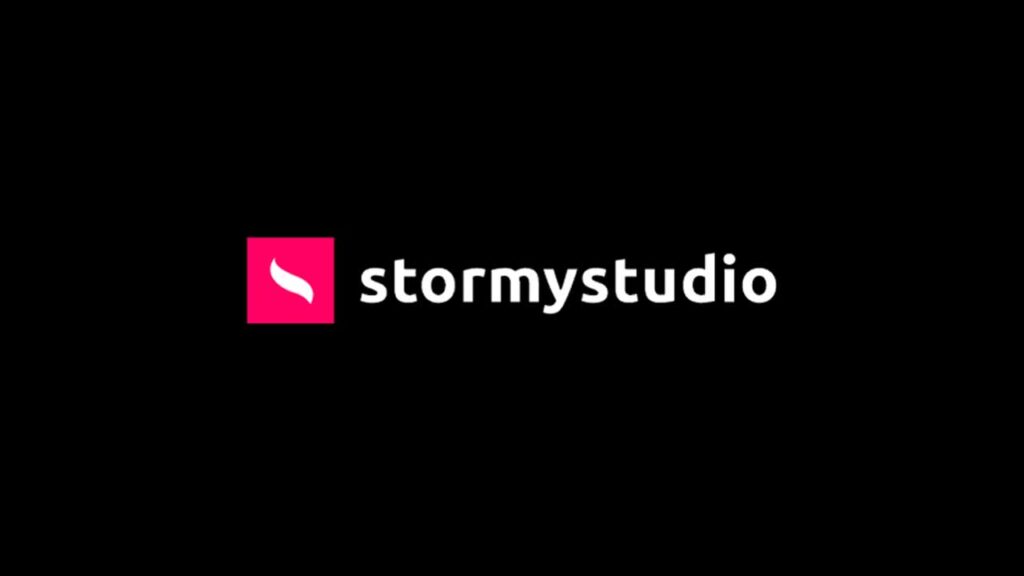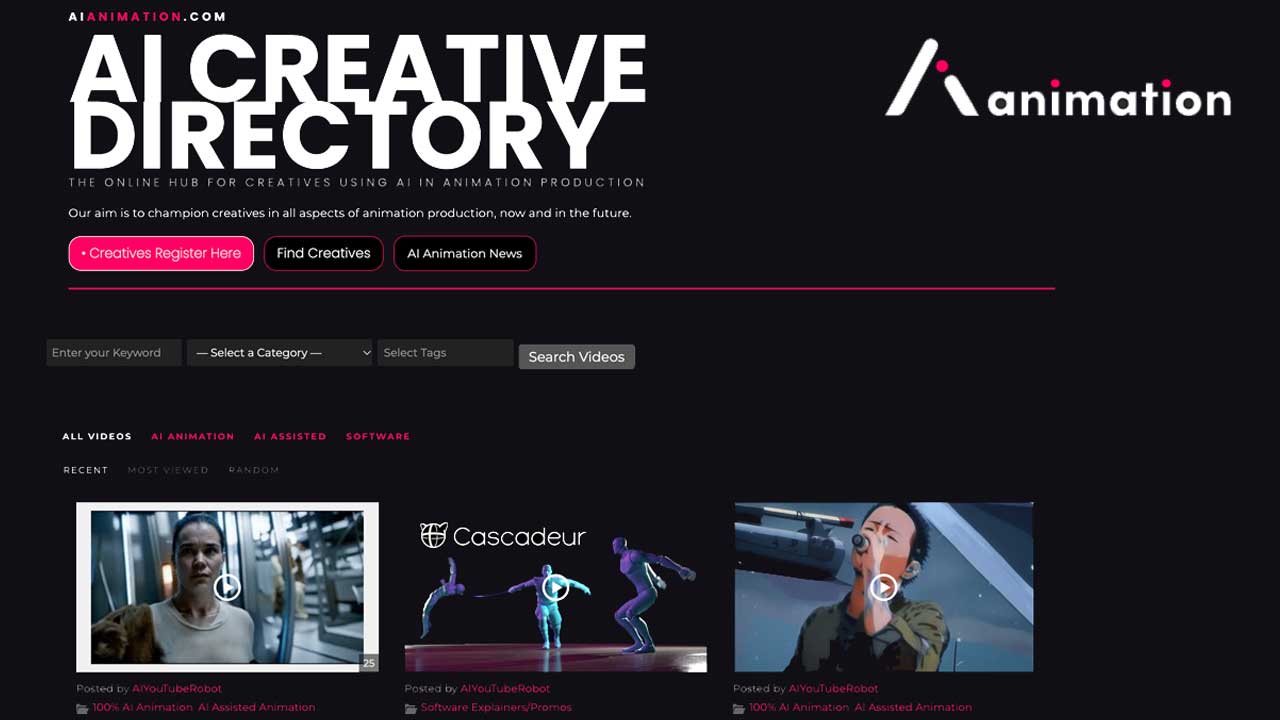Is your animation client ignoring your emails? Here’s how to avoid late payment.
Late payment from clients is the last thing a start-up animation studio needs. Chasing payment strains client relationships, losing you money in the future as well as the present profit loss. The trick to ensuring your clients pay on time is to make it easy for them. Your clients are responsible for paying promptly. On the other hand, it is your job to handle the payment process as efficiently as possible.
1. Stay polite when faced with late payment
There is nothing more frustrating than a client who’s refusing to pay on time. They’re avoiding your emails, you’re losing profit, and it feels like you and your team worked for nothing. Make sure you stay professional in all communications. Late payment can be caused by many factors, some of which may not be the client’s fault. Did they receive the invoice? Are they waiting for higher-up authorisation? Are your contact details up to date?
Letting your professionalism slip is likely to make your client less likely to pay, not more.

2. Make your deadline clear from the start
3. Create a late payment policy
Policy is key when negotiating payment. Without a precedent, payment deadlines can become vague. This is inefficient and unhelpful for both you and your client. Whether you’re a freelance animator or an animation studio founder, construct a detailed payment policy. How soon after delivery would you like to be paid? What extra charges might arise during production, and how will you deal with them?
After you’ve created a comprehensive payment policy, it’s time to…
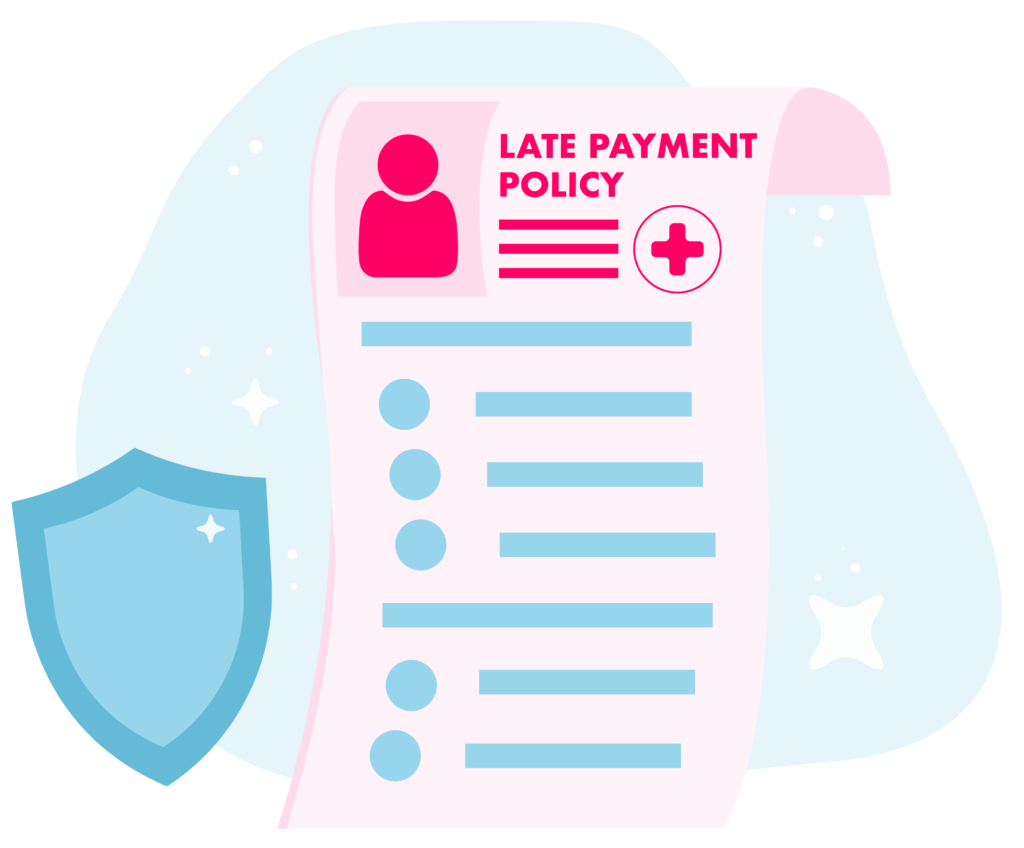
4. Automate your payment process
5. Send regular reminders
The most common reason for late payment is because it’s simply not a priority for your animation client. Sending your client regular reminders will help them to prioritise payment. Creating email templates for late payments will help to speed this process up. An organised, automated workflow will ensure you know exactly when a payment is late, and when to chase it up. Don’t lose your professionalism (see point 1) but do be persistent. It’s very hard for a client to forget about payment when you keep in frequent contact with them.

6. Ask for payment upfront
Summary: Avoiding late payment
Late payment is a particularly common problem for junior animators. As you create client connections and streamline production, you’ll develop strategies to avoid late payment. If you’re a successful animator, you’ll begin to have choice when it comes to the clients you work for. Choosing clients carefully, you can build future security for your animation services.
Interested in an animation career or starting a studio?
Checkout these resources
Share this Post

